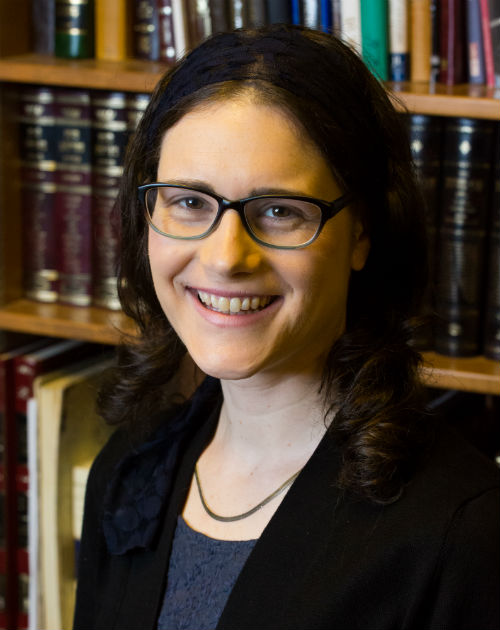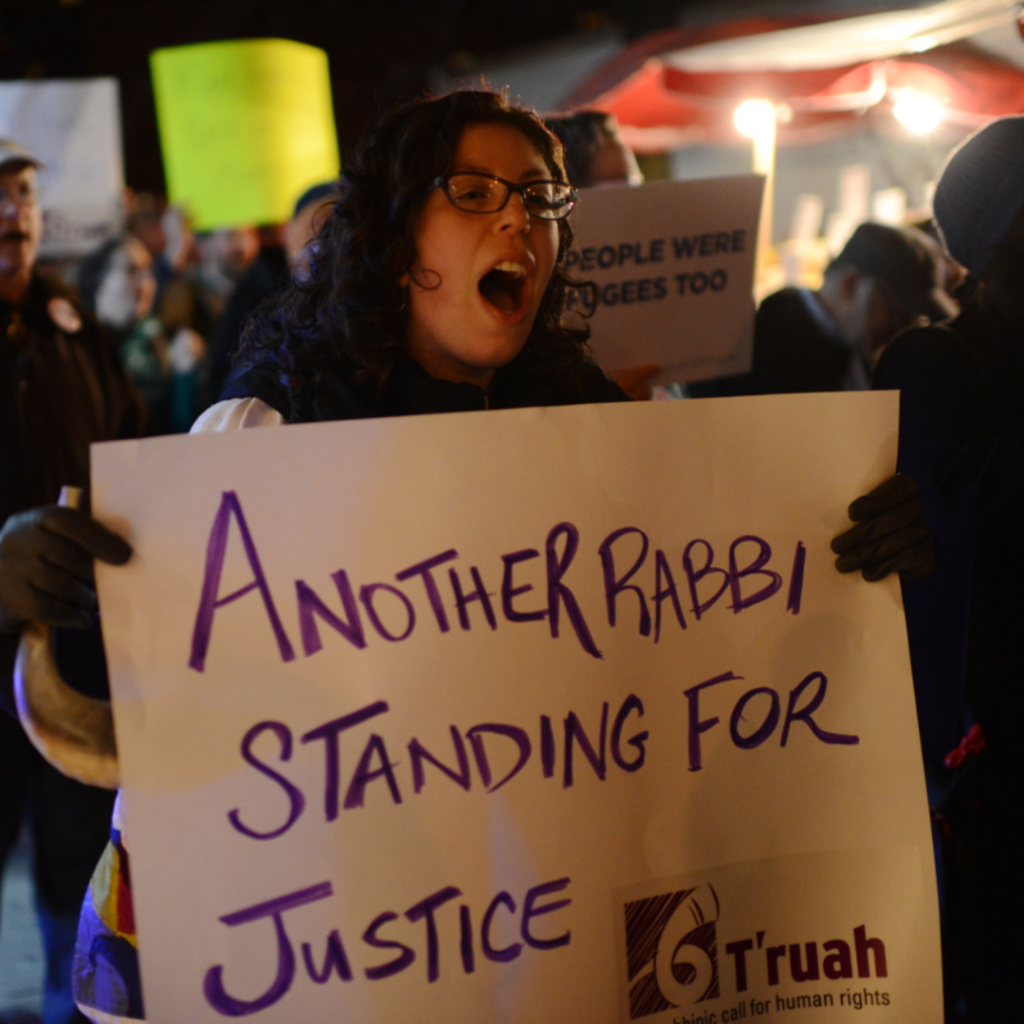
T’ruah FAQ on the U.N. Database of Businesses that Operate in Israeli Settlements
The U.N. released a database of 112 businesses currently operating in West Bank settlements, which are considered illegal according to international law.
read more

Birth, Visibility, and Justice
Ishah ki tazria. Parshat Tazria opens with laws related to a woman giving birth. The Torah’s terse account of birth screams out for interpretation, for filling in the space between these black letters with the many, and varied, experiences of birth. These stories are so necessary because people are often blind to experiences of birth,...
read more
My trip to Immokalee
CONGREGATION SHA’AREI KODESH 2nd Day of Passover MARCH 27, 2013 © RABBI LOUIS RIESER Hag kasher v’Sameah. I want to thank Rabbi Baum for this invitation to speak about my experience in Immokalee with T’ruah: The Rabbinic Call for Human Rights. In January I joined 9 other rabbis to learn first-hand about the conditions...
read more
Previous Honorees
2023 Honorees Former Congressman Andy Levin A former member of Congress, union organizer, human rights activist, workforce policy expert and green energy entrepreneur, Andy Levin brought his unique expertise to the halls of Congress as the proud representative for Michigan’s 9th District from 2018 to 2022. While in Washington, Andy authored, cosponsored, and helped pass...
read more

Chaverim
Who are T’ruah’s Chaverim? Chaverim are rabbis and cantors who stand up to be counted as partners in T’ruah’s work to protect human rights in North America, Israel, and the occupied Palestinian territories. Being one of T’ruah’s chaverim does not imply endorsement of every organizational statement or position. When you become a member of our chaverim...
read more

When rabbis visit the West Bank
Rabbi Lisa Gelber reflects on her trip to the South Hebron Hills this summer with T'ruah.
read more

Where We Go Forth To Meet Each Other
Rabbi Sandra Lawson shares the Torah of her own family's Lech Lecha moments and the value of meeting people across difference that she has learned from all of them.
read more

Justice for the Land and Its Inhabitants
Commentary on Parshat Behar (Leviticus 25:1 – 26:2) In Leviticus 25, the Torah famously explains the practice of the sabbatical year (shmitah) and the jubilee year (yovel), in which those who work the land refrain from farming in order to let the land rest. It’s not hard to see a connection between the ancient practice...
read more

Encompassing the Truth in Four Directions
In college, I used to tutor inner city middle school students through an organization called Making Waves. Once during a staff training, I was placed in a group with two Latinx tutors and two black tutors; the other group consisted of five white tutors. When my group playfully accused the supervisors of dividing us up...
read more

